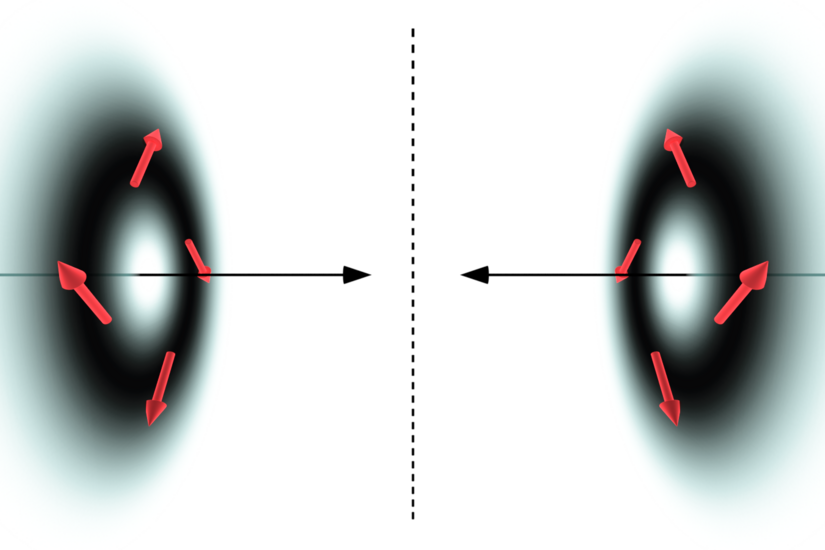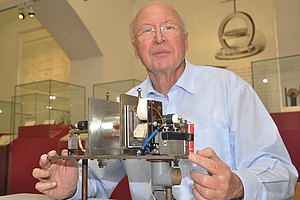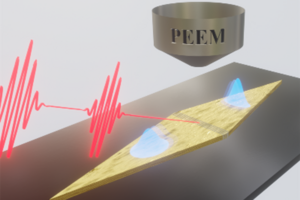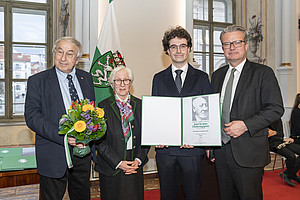An international collaboration between research groups from Austria, Germany and Canada – all members of the Max Planck - University of Ottawa Centre for Extreme and Quantum Photonics – has recently shown that Lord Kelvin’s description of geometrical chirality also finds its direct counterpart in bespoke light fields. These novel findings were now published in Physical Review A [1] and highlight the importance of this new type of chirality in light-matter interactions and applications.
Chirality is of utmost importance in a variety of scientific disciplines, ranging from chemistry, biology and medicine all the way to physics and math. Even more importantly, it plays the key role in the evolution of life on earth. Not only DNA strands but also a variety of molecules are chiral. Formally, chirality is a geometrical property first defined by Lord Kelvin more than a century ago. He wrote: “I call any geometrical figure, or group of points, chiral, and say that it has chirality, if its image in a plane mirror, ideally realized, cannot be brought to coincide with itself” [2]. A helix, which is by definition a three-dimensional object, might be considered as the most stereotypical and archetypal chiral structure.
Interestingly, light can also be chiral or, equivalently, it may feature a well-defined handedness. The most prominent type of this optical chirality is intimately connected with the polarization of a light field or beam, i.e., the spinning sense of the field. More generally speaking, optical chirality relates to the local properties of a field, while completely ignoring its spatial structure. This is in striking contrast to the three-dimensional spatial property of a conventional geometrically chiral object like a helix. However, optical chirality plays a crucial role in light-matter interactions. Thus, it is often employed to probe the chirality of matter.
In their study, the researchers now show that the geometrical chirality of a light beam’s spatial polarization structure can also engage in light-matter interactions. They call this type of geometrical chirality of structured electromagnetic fields Kelvin’s chirality of optical beams, and demonstrate it experimentally. Furthermore, they also show that it may even couple to conventional optical chirality in rather simple and common achiral systems. The reported phenomenon and its features shed new light on the fundamentals of chiral light-matter interactions and chiral symmetry breaking, which may lead to novel intriguing research directions.
[1] S. Nechayev, J. S. Eismann, R. Alaee, E. Karimi, R. W. Boyd, and P. Banzer, “Kelvin's chirality of optical beams”, Phys. Rev. A 103, L031501 (2021); Editors’ suggestion
https://doi.org/10.1103/PhysRevA.103.L031501
[2] Sir William Johnson Lord Kelvin, “The Molecular Tactics of a Crystal”, Clarendon Press (1894)
Contact: Peter Banzer; Optics of Nano and Quantum Materials (website)




